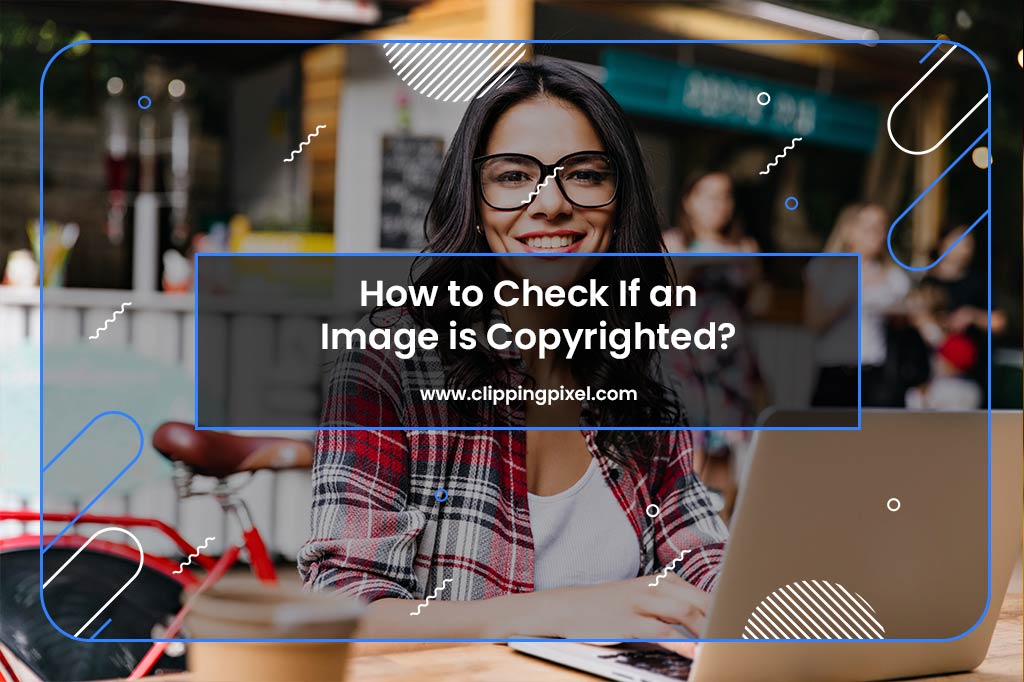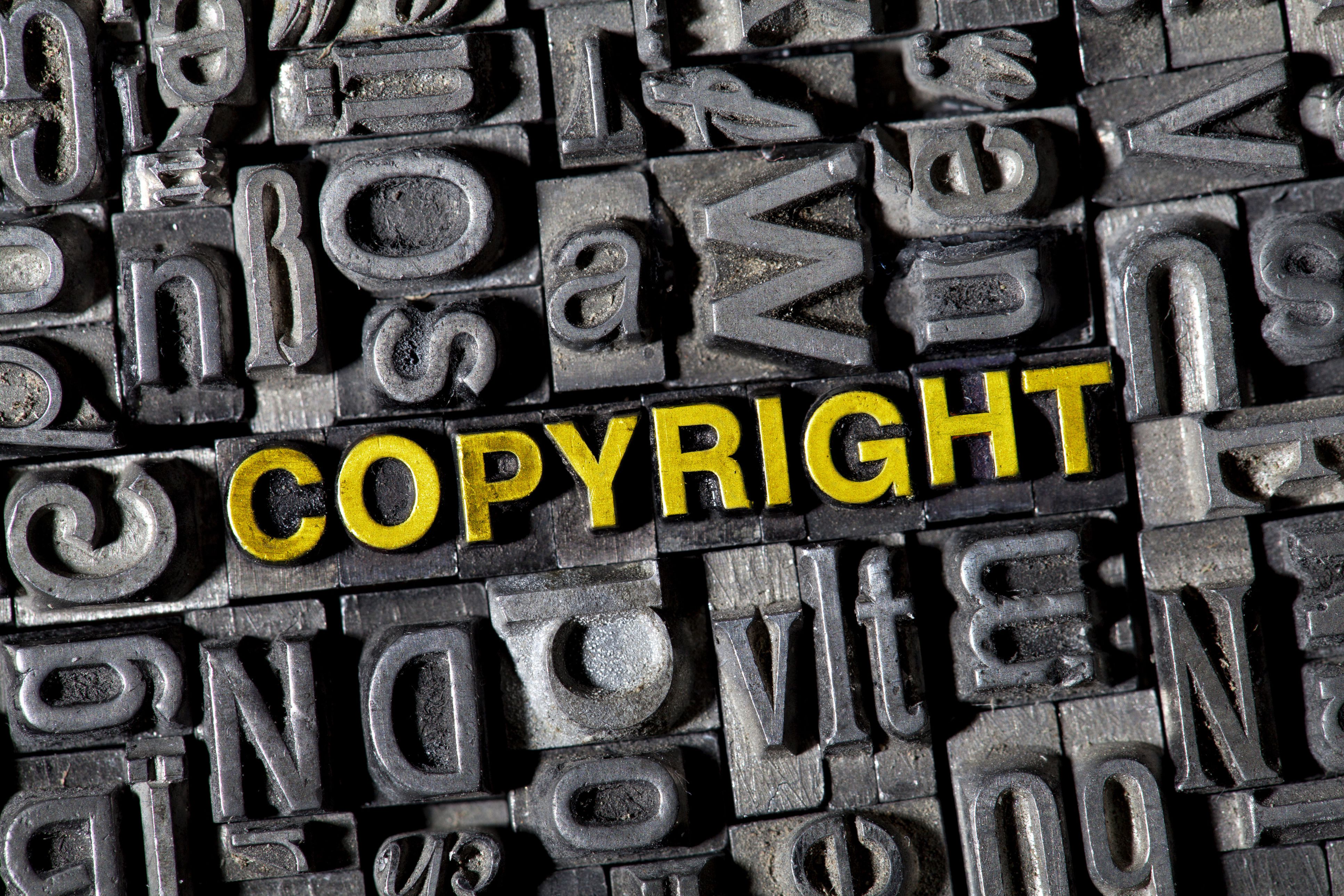iStock Images is a popular platform for sourcing stock photos, illustrations, and videos. It offers a vast library of creative assets designed to meet the needs of designers, marketers, and content creators. Whether you're crafting a blog post, designing a website, or prepping for a presentation, iStock provides high-quality visuals that can elevate your projects. But before diving into your image search, it's essential to understand the copyright status of these images to avoid any legal hiccups down the road.
The Concept of Copyright in Stock Photography

Copyright is a legal term that grants the creator of original works exclusive rights to their use and distribution. In the realm of stock photography, understanding copyright is crucial for using images legally and ethically. Here’s a breakdown of key concepts:
- Ownership: The photographer or creator holds the copyright unless they transfer it to a stock agency like iStock.
- Licensing: Stock images come with a license that defines how you can use them. iStock offers various license types, including standard and extended licenses.
- Royalty-Free vs. Rights Managed: Royalty-free images allow you to pay once and use the image multiple times, while rights managed images are typically restricted by specific usage terms.
When you purchase an image from iStock, you’re acquiring a license, not ownership of the image. This means you can use the image under the terms of the license but cannot claim it as your own. For instance, if you buy a standard license for a photo, you can use it in a blog or social media post, but you can’t sell it or use it in merchandise without additional permissions.
It’s also important to be aware of the limitations imposed by the license. For example, you may not be able to use the image in a way that implies endorsement or in sensitive contexts unless specified. Always read the license agreement carefully to understand what’s allowed and what’s not.
iStock Images provides a clear breakdown of their licensing terms on their website, making it easier for users to navigate the rules. Additionally, they offer a customer service team to help answer any copyright-related questions you may have.
In summary, understanding copyright in stock photography is essential for any user of iStock Images. By familiarizing yourself with the concepts of ownership, licensing, and the types of licenses available, you can confidently use images while respecting the rights of their creators. So, the next time you're selecting visuals for your project, keep these copyright basics in mind to ensure a smooth and lawful creative process!
Also Read This: How to Sell Your Photographs on iStock: A Beginner-Friendly Guide
3. Are iStock Images Copyright-Free?

When diving into the world of stock photography, one common question arises: Are iStock images copyright-free? The short answer is no. While iStock provides a vast library of images, all of them are protected by copyright laws. This means that even if you purchase or download an image, you don’t own the copyright to it. Instead, you acquire a license that allows you to use the image under specific conditions.
iStock offers various licensing options, each with its own set of rules. Understanding these licenses is crucial because it determines how you can use the images—be it for personal projects, commercial use, or online content.
One important thing to note is that iStock images are not in the public domain. This is a common misconception. Public domain images can be used without restrictions, while iStock images come with a licensing agreement that outlines what you can and cannot do with the images.
Here’s a quick rundown of the key aspects regarding copyright and iStock images:
- All images on iStock are created and owned by photographers or artists.
- Purchasing an image gives you a license, not ownership of the copyright.
- Different licenses come with varying usage rights and restrictions.
- Using an image without proper licensing can lead to legal repercussions.
In summary, while iStock images are not copyright-free, they provide a flexible way to access high-quality images for your projects. Just remember to read and understand the licensing information associated with each image before you hit that download button!
Also Read This: Can Multiple People Log In to One iStock Account? Exploring Account Sharing Policies
4. Types of Licenses Offered by iStock
Now that we’ve clarified the copyright status of iStock images, let’s explore the types of licenses offered by the platform. Understanding these licenses will empower you to select the right images for your needs without any legal headaches.
iStock primarily offers two types of licenses: Standard License and Extended License. Let’s break these down:
| License Type | Usage Rights | Restrictions |
|---|---|---|
| Standard License |
|
|
| Extended License |
|
|
Choosing between these licenses depends on your project’s requirements. For example, if you’re creating a blog post that will only be shared online, a Standard License might suffice. However, if you’re designing a product that will be sold, you’ll need an Extended License to ensure you’re legally covered.
In conclusion, understanding the types of licenses offered by iStock is essential for responsible usage of images. Always consider your project’s scope and select the appropriate license to keep your creative endeavors flowing smoothly!
Also Read This: Does iStock Signature 50 Include Video Content? Understanding Subscription Features
5. How to Properly Use iStock Images
Using iStock images effectively requires a good understanding of the licensing agreements that come with them. When you purchase an image from iStock, you’re not just buying a pretty picture; you’re entering into a legal agreement that defines how you can use that image. Here are some key points to ensure you’re using iStock images correctly:
- Know Your License Type: iStock offers different types of licenses, including standard and extended licenses. A standard license usually allows for use in digital and print media, but it has limitations on how many copies you can distribute. An extended license, on the other hand, offers more flexibility, allowing for larger runs and merchandise purposes.
- Avoid Reselling Images: You cannot sell or redistribute the images directly. For instance, if you create a calendar using iStock images, you can sell the calendar, but you cannot sell the images as standalone files.
- Modifications: While you can modify images (think resizing, cropping, or adding text), make sure your alterations don’t misrepresent the original image. For example, altering an image to use it in a controversial context could lead to legal issues.
- Attribution: Generally, you don’t need to credit the photographer when using iStock images, but it's good practice to do so when possible. This can enhance your credibility and respect within the creative community.
- Usage in Projects: If you’re using the images for commercial purposes, make sure they’re in compliance with marketing materials, websites, and social media posts. Always check for specific restrictions related to each image.
Remember, the key to properly using iStock images is understanding the license agreement. Ignoring the terms can lead to unintended consequences, including potential legal issues. Always read the fine print, and when in doubt, consult iStock's customer service for clarity.
6. Common Misconceptions About Copyright and Stock Images
When it comes to copyright and stock images, many people have misconceptions that can lead to confusion or even legal trouble. Let’s debunk some of the most common myths surrounding this topic:
- Myth 1: Buying an Image Gives You Full Rights: Many users think that once they purchase an image, they own it outright. This is not the case! Purchasing a stock image grants you a license to use it under specific conditions, not ownership.
- Myth 2: All Stock Images Are Free to Use: While there are free stock image sites, professional platforms like iStock require payment. Free images often come with restrictions too, so always check the licensing agreements.
- Myth 3: You Can Use Images from Google: Just because an image appears in a Google search doesn’t mean it’s free to use. Most images are protected by copyright, and using them without permission can lead to a copyright infringement claim.
- Myth 4: There Are No Consequences for Copyright Infringement: Some believe that copyright infringement is a minor issue. However, it can result in hefty fines and legal battles that could cost you far more than purchasing the image legally.
- Myth 5: All Modifications Are Allowed: While you can modify stock images, certain use cases or alterations may not be permitted. Always ensure your modifications comply with the licensing agreements.
Understanding these misconceptions is crucial for anyone using stock images. By being aware of the realities of copyright, you can use iStock images confidently and legally, ensuring that your creative projects remain hassle-free.
 admin
admin








